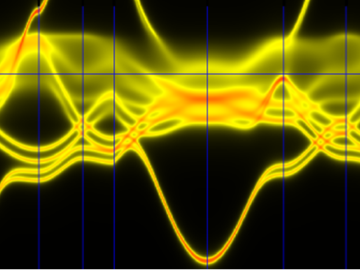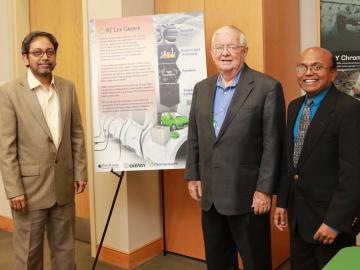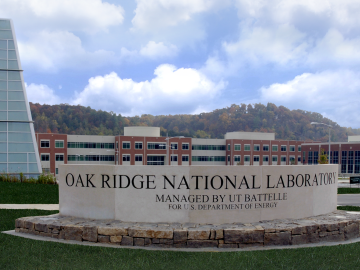Filter News
Area of Research
- Advanced Manufacturing (3)
- Biological Systems (3)
- Biology and Soft Matter (1)
- Building Technologies (2)
- Chemical and Engineering Materials (1)
- Chemistry and Physics at Interfaces (6)
- Clean Energy (28)
- Computational Chemistry (1)
- Energy Frontier Research Centers (7)
- Functional Materials for Energy (6)
- Fusion Energy (1)
- Geographic Information Science and Technology (2)
- Isotope Development and Production (1)
- Materials (33)
- Materials Synthesis from Atoms to Systems (5)
- Materials Under Extremes (6)
- Neutron Science (7)
- Nuclear Science and Technology (4)
- Quantum Condensed Matter (2)
- Reactor Technology (1)
- Supercomputing (12)
- Transportation Systems (2)
News Type
Date
Media Contacts
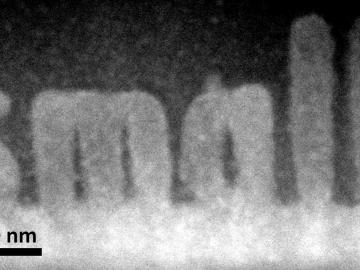
Electron microscopy researchers at the Department of Energy’s Oak Ridge National Laboratory have developed a unique way to build 3-D structures with finely controlled shapes as small as one to two billionths of a meter.
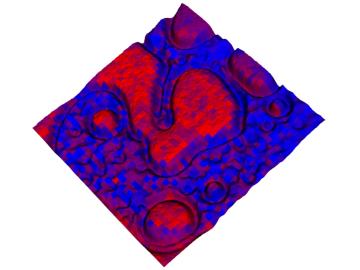
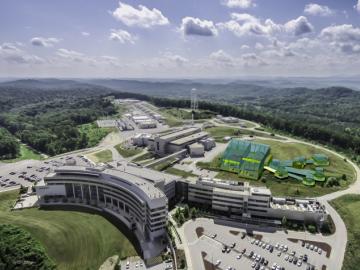
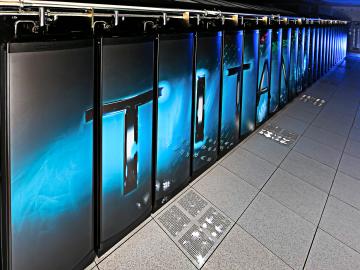
Oak Ridge National Laboratory gave social media users an exclusive tour of its supercomputer Titan on Nov. 5. Using Periscope, a live video broadcasting service app, Bronson Messer, senior scientist at ORNL's Scientific Computing and Theoretical Physics Groups...
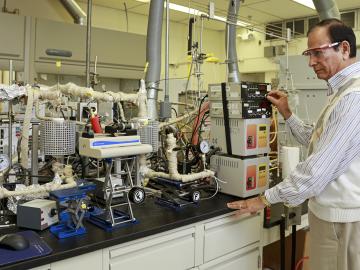
A new study from the Department of Energy’s Oak Ridge National Laboratory explains the mechanism behind a technology that converts bio-based ethanol into hydrocarbon blend-stocks for use as fossil fuel alternatives. Scientists have experimented for decades with a cl...

